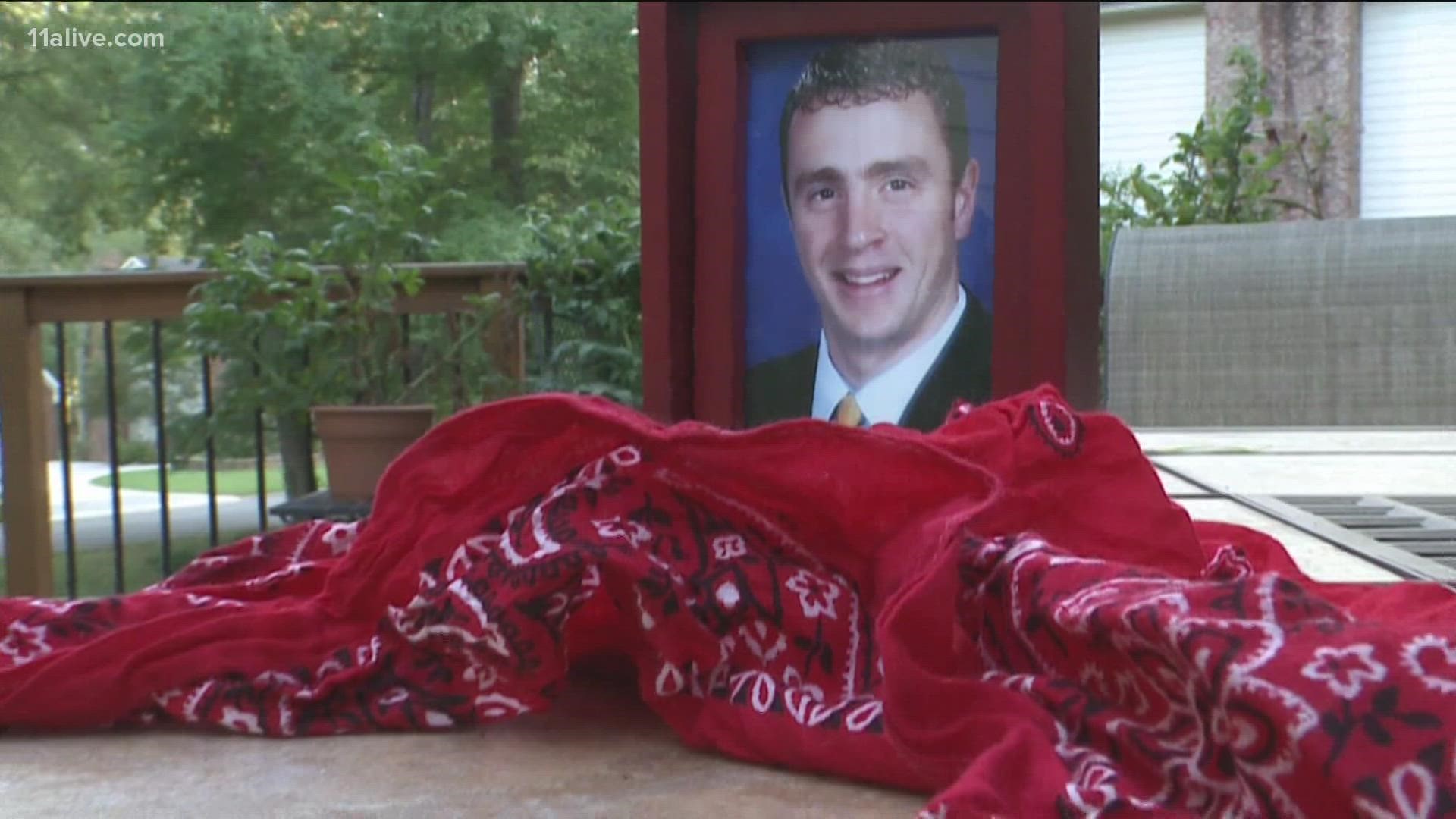ATLANTA — Editor's note: This story was originally published in 2021.
Saturday marks 20 years since the 9/11 terrorist attacks against the U.S. that changed the course of history.
One of the many heroes of that day, who gave his life saving others, was Welles Crowther. Crowther was in his office in the World Trade Center in New York City when the planes struck.
He could have escaped. Instead, Crowther tied his red handkerchief, his "bandana," around his face in that heavy smoke and guided others to safety.
Twenty years later, “the man in the red bandana” has become legend, inspiring his close friend in Marietta, and people around the world, every day.

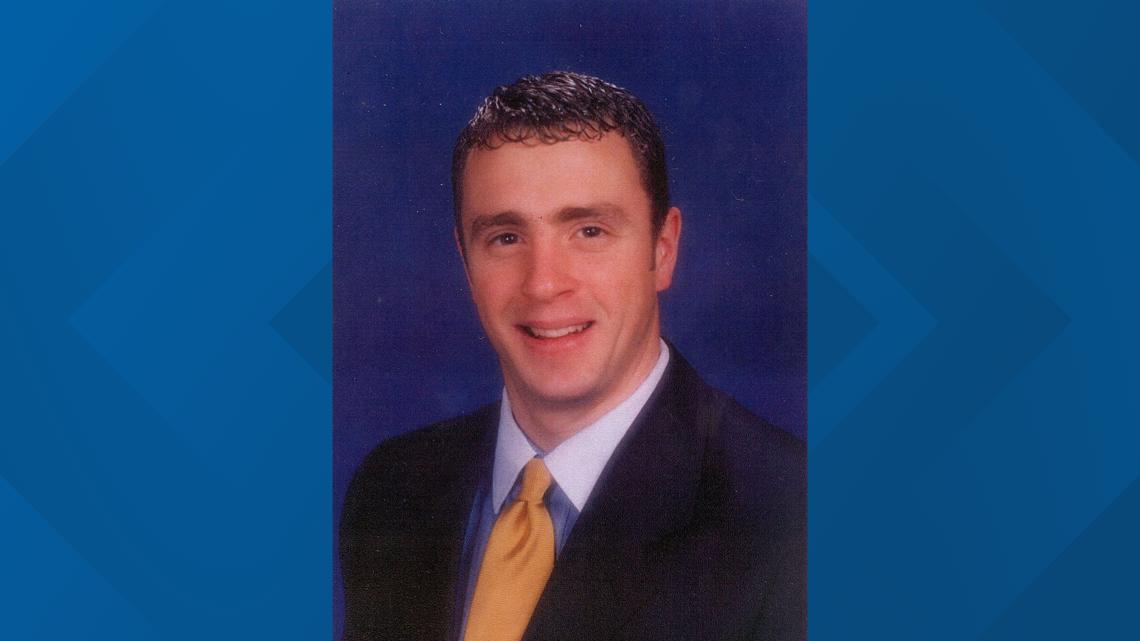
“We all sometimes wish he had kind of run out of the building along with everybody else, but he was meant to do more,” said Crowther’s friend and college roommate, John Howells of Marietta.
One hijacked airliner flew into the north tower of the World Trade Center, then the second plane flew into the south tower, where Crowther worked.
And then, “He did something amazing with his life,” Howells said.

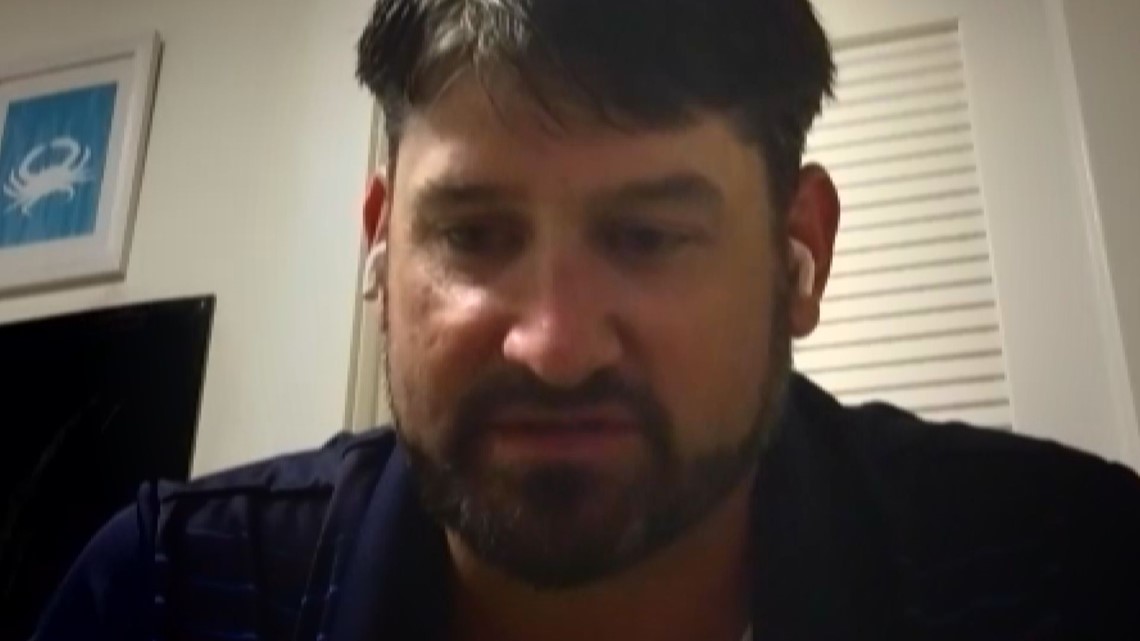
Right then, Crowther knew there was only one way out of that skyscraper from the upper floors where he and so many others were: there was one stairway to the ground that was still accessible and would soon be impassable.
And what Crowther did “is something where it still catches your breath,” Howells said.
The final hour of Crowther’s life is amazing and breathtaking to those who know what he did for others. And, at first, only those who'd been inside the tower knew. Months later, though, survivors' stories began to emerge, and that's when everyone started finding out.
Survivors spoke of a man in the blinding and suffocating smoke who was wearing a red bandana around his face. The man called out to them, guiding them to the stairway, and carrying them to the stairway.

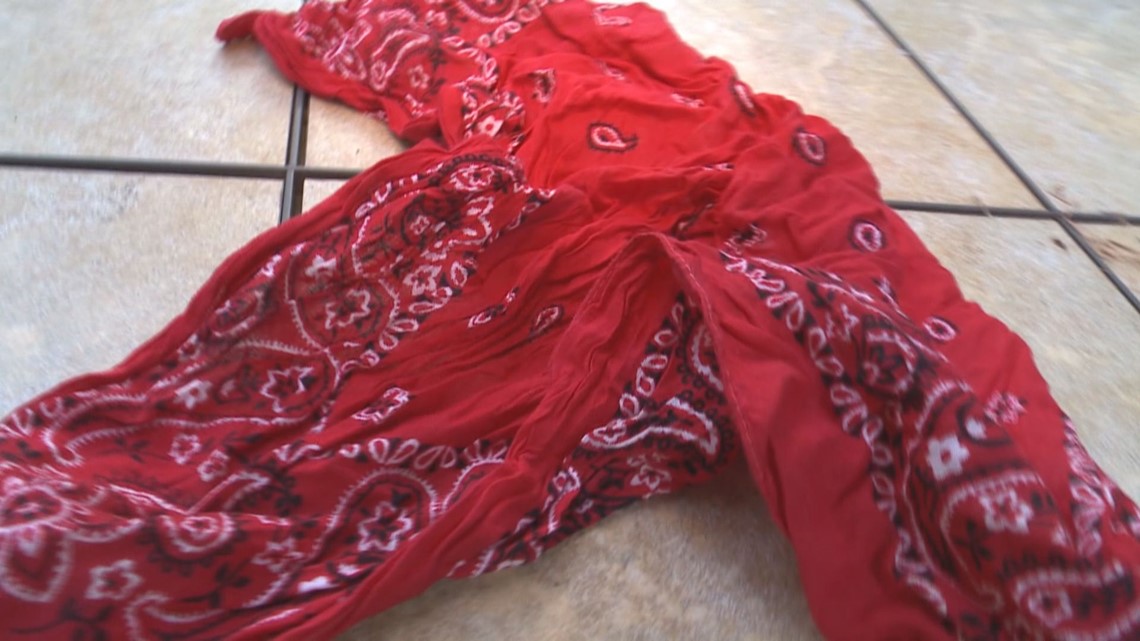
His mother read the survivor accounts in the newspaper and suddenly realized that could have been her son, knowing that he always had a red bandana with him since he was a child.
She contacted the survivors who had commented, and showed them photos of her son. And they said yes, that’s him --- that’s the man in the red bandana who saved their lives.
“Welles always had a red bandana,” Howells said. “I remember in college he always carried one as a handkerchief in his back pocket. He always had one, he was kind of an old soul like that.”
Howells recalled that when he found out about the first plane crashing into the north tower, he immediately called Crowther.
“And he answered, and I said, ‘Hey, Man, are you all right? I just heard about the plane.’ And he said, ‘Yeah, yeah, it’s crazy, I heard it, I felt it,’ and you could hear announcements in the background. And he said, ‘Hey, you know they’re telling us to get out of here, I’m gonna get out of here.’ And I said, ‘Yeah, yeah, just go, just get out of there.' And that was the last time I spoke to him.”
But before Crowther got out of there, the second hijacked plane struck his building, the south tower, a few floors away from where he was.
Crowther had been a volunteer firefighter, and he saw how he could help.
And he did.
“That’s when he kind of turned into a firefighter, which he had trained for,” Howells said. “It was in his blood.”
Crowther guided people down the stairs, again and again.
“From our understanding, he obviously could have gotten out along with everybody else, but he kept going back up the stairs” to bring more people down.
In 2014, at the dedication of the 9/11 museum at Ground Zero in New York City, then-President Barack Obama saluted Welles Crowther.
“Welles was just 24 years old," Obama said at the event. "And after the planes hit, he put on that bandana and spent his final moments saving others.
"He called for fire extinguishers to fight back the flames. He tended to the wounded. He led those survivors down the stairs to safety, and carried a woman on his shoulders down 17 flights. Then he went back," Obama said. " Back up all those flights. Then back down again, bringing more wounded to safety. Until that moment when the tower fell. They didn’t know his name. They didn’t know where he came from. But they knew their lives had been saved by the man in the red bandana.”
During the ceremony, the president brought together Crowther’s mother, Alison Crowther, and one of the people he saved, Ling Young.

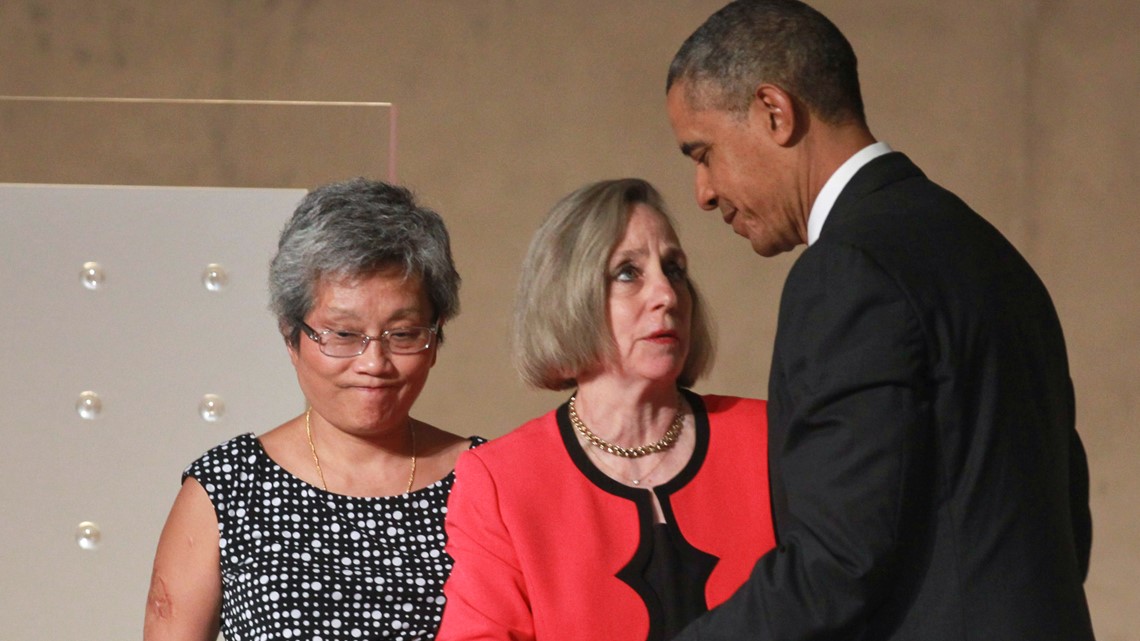
And to this day, one of Crowther’s red bandanas is on display at the museum, as one of the icons of 9/11 heroes who are celebrated there.
“No act of terror can match the strength or the character of our country,” Obama said.
Movies, documentaries, books, and teachers and coaches at the school Howells’ children attend, continue to tell the story of the man in the red bandana.
“To think that, you know, when everybody else was running down the stairs and running out of the building and as far away from the World Trade Center as possible, that he not only didn’t give up, and found a stairwell and probably worked through just some heat and smoke and what that was like -- when he had a chance to get out, he went back and tried to save more people," Howells said.
"And it's something that I think about, and I think it's helped me become a better father, just thinking about what kind of person do you want to be. When push comes to shove, do you want to do what's easy, do you want to do what's right, how do you want to treat people? He impacts me every day, in that way.”
And that's why Howells believes Crowther is guiding people to live as he did during the final hour of his life, which is exactly, Howells said, Crowther’s destiny.

